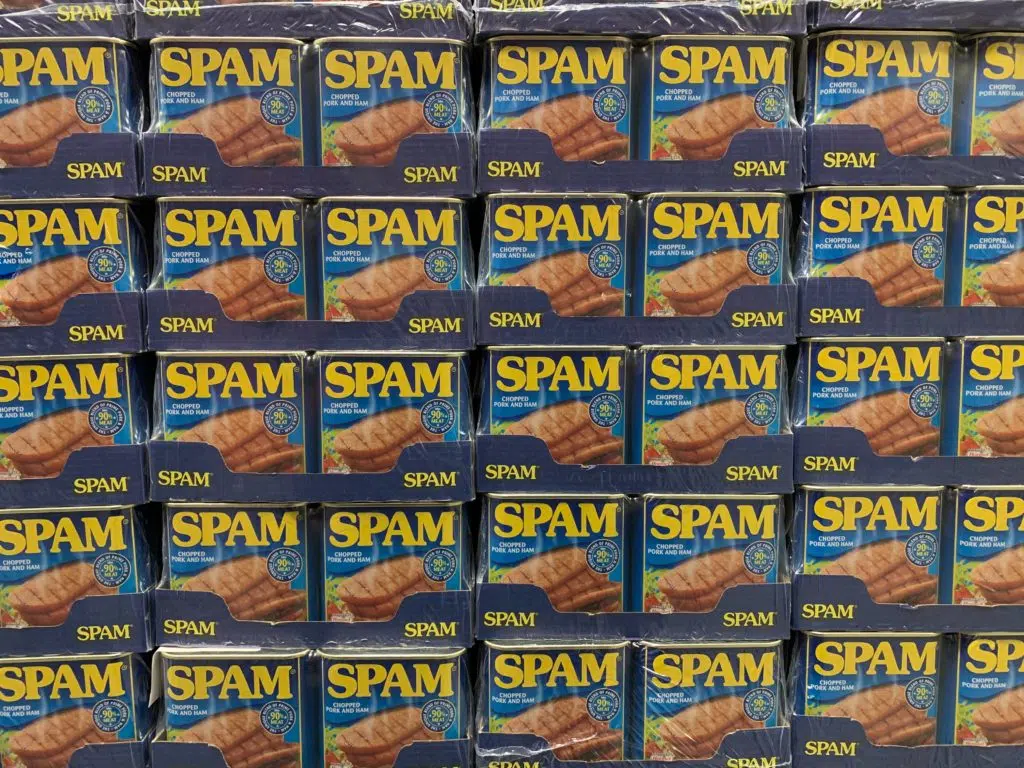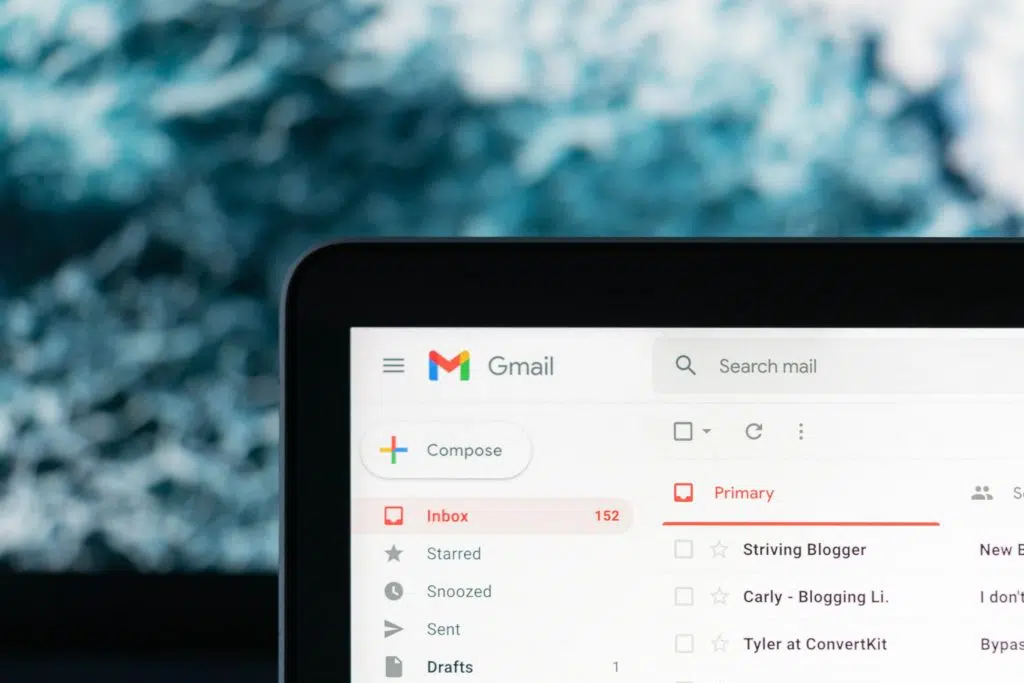If you’re like me, you’ve been getting a lot of spam on LinkedIn lately. People connect with you and then try to sell you something in their first message. Or worse, they add you to their email sequence or newsletter without even talking to you first which completely ignores ethical email outreach standards.
It’s annoying, and it makes me wonder what standards these marketing teams are operating under. Surely they must know that this kind of behavior is rude and intrusive?
Unfortunately, this seems to be a growing trend, especially among startups or underfunded organizations. But lack of resources is no excuse for ethical lapses like this.
So what can you do to protect yourself from this kind of behavior?
For one, you can be more selective about who you connect with on LinkedIn. If someone sends you a generic request with no personal message, just ignore it.
You can also use LinkedIn’s privacy settings to limit how much information other users can see about you. For example, you can hide your email address and phone number so that only your connections can see them.
And if you do get added to an email list or newsletter without your consent, you can always unsubscribe or report the sender as spam.
By taking these simple steps, you can help protect yourself from unethical marketing practices.
What if you are on the other side of the table? A marketer who desperately wants to reach new accounts?
The same principles of ethical outreach apply. Don’t add people to your mailing list without their consent, and don’t send them cold messages that are nothing more than sales pitches.
Instead, take the time to build a relationship with potential customers. Connect with them on LinkedIn, engage in conversation, and offer value before you try to sell them anything.
If you take the time to build relationships and communicate respectfully, you’ll be surprised at how receptive people can be to your sales pitch.
Myth: B2B emails are exempt from CAN-SPAM regulations.
Fact: CAN-SPAM applies to all commercial messages, not just bulk emails, teeth whiteners, or diet pills. Specifically, ‘“any electronic mail message the primary purpose of which is the commercial advertisement or promotion of a commercial product or service.” This includes B2B emails.
The law lays out several requirements for commercial messages, including:
- You can’t use false or misleading header information. Your “From,” “To,” “Reply-To,” and routing information – including the originating domain name and email address – must be accurate and identify the person or business who initiated the message.
- You can’t use deceptive subject lines. The subject line must accurately reflect the content of the message.
- You must tell recipients how to opt out of receiving future email from you. Your message must include a clear and conspicuous explanation of how the recipient can opt out of getting email from you in the future.
- You can’t originate messages from someone else’s domain without their permission. You can’t use a domain name or email address that is not yours, even if you are relaying the message through a third party.
How to obtain an email ethical
Pro
A possible argument that the practice is ethical: The data source is publicly available, and the email addresses were collected from publicly available data.
Con
A possible argument that the practice is unethical: The email addresses were collected without the consent of the people on the list, and they may not want to receive commercial messages from you.
The best way to ensure that your email outreach is ethical is to obtain explicit consent from the people on your list before sending them any commercial messages
If you have to send out cold emails, these are my top 6 tips to do it in an ethical and not annoying way
- Customise your message. I’ve gotten a lot of cold emails. Many of them make a general mention of something on the first page of Google results for my name, then go into a ludicrous, tone-deaf request. That isn’t going to work. The average person’s attention span is shorter than that of a goldfish. Make your cold email brief and to the point.
- Validate yourself. When we meet a new person or receive an email from one, it’s important to figure out who they are and why they’re significant to us.
- Alleviate your audience’s problems. Why should the receiver be concerned about your email? Why should this busy person bother to reply? What are they getting out of it?
- Keep it concise, easy to do, and actionable. For many people, being able to assist someone is extremely gratifying — and it might even be a “want.” You’re giving them the opportunity to feel good about themselves by asking for their assistance. But make it simple for them.
- Express your thanks. By expressing gratitude and showing some vulnerability, you offer them the impression that they are a decent individual if they choose to assist you. You also give them a little surge of energy and status by approaching them.
- Don’t use a template. I can spot a template from a mile away, and it feels both inauthentic and lazy. Plus, it’s easy to see when someone has swapped out the name field and has not bothered to customise the email at all. So don’t do it! ethical email outreach is important because it ensures that people on your list have consented to receiving commercial messages from you, and that your message is relevant and not misleading.
 What is LinkedIn Cold Messaging?
What is LinkedIn Cold Messaging?
The term “cold messaging” refers to sending someone a message when they are not already receptive. Cold messaging, for example, is the official name of unsolicited emails. Any unwanted communication is considered a form of cold messaging, regardless of who sent it or why they’re sending it.
Spammers send out spam emails to everyone; cold marketing emails are sent to people who have never heard of you before.
When you’re ethical in your email outreach, you know that the people on your list have given you permission to contact them. You’re not going to get reported as spam, and you’re not going to annoy anyone. ethical email outreach is important because it ensures that people on your list have consented to receiving commercial messages from you, and that your message is relevant and not misleading. It also helps to build relationships with potential customers and clients, rather than annoying them.
Is it a good idea to utilise cold messaging on LinkedIn in order to contact individuals? Perhaps! It’s a difficult approach. Many people don’t pay attention to or respond to communications from strangers. Recruiters on LinkedIn, to put it bluntly, are awful at their jobs. The majority of any individual’s messages are poorly targeted and composed. To have a higher success rate, you’ll need to stand out from the noise.
Top 3 tips if you have to send cold messages on LinkedIn
- Get an introduction from a mutual connections. There is no better social proof than when someone you both know and trust makes an introduction.When possible, reach out to your target several times over the course of a few weeks. If they don’t respond to your first message, don’t give up! Try again in a week or two. Keep your messages short, sweet, and specific to the individual you
- Have a good / compelling reason to message. “I saw your profile and think you’d be a great fit for my company” is not a good reason. “I read your latest blog post and wanted to share my thoughts” is much better.
- Don’t marry on the first date. Don’t sell anything in your intro email to someone who has never heard about you, your company or your products / services.
 What’s the worst thing that could happen with cold messages on Linkedin?
What’s the worst thing that could happen with cold messages on Linkedin?
Here are some of the most common reasons that can get your LinkedIn account restricted or in worst case blocked:
- Too many actions in a day
- Too many connection requests (going full stalker mode)
- Too many “I don’t know this person” reports from your outreach
- Low connection acceptance rate
- Spammy activity as a result of too much automation
That’s a Wrap
Ethical email outreach is important because it ensures that people on your list have consented to receiving commercial messages from you, and that your message is relevant and not misleading. It also helps to build relationships with potential customers and clients, rather than annoying them.
When you’re ethical in your email outreach, you know that the people on your list have given you permission to contact them. You’re not going to get reported as spam, and you’re not going to annoy anyone. ethical email outreach is important because it ensures that people on your list have consented to receiving commercial messages from you, and that your message is relevant and not misleading. It also helps to build relationships with potential customers and clients, rather than annoying them.
Is it a good idea to utilise cold messaging on LinkedIn in order to contact individuals? Perhaps! It’s a difficult approach. Many people don’t pay attention to or respond to communications from strangers. So if you’re going to do cold messaging on LinkedIn, make sure you do it ethically!



 What is LinkedIn Cold Messaging?
What is LinkedIn Cold Messaging? What’s the worst thing that could happen with cold messages on Linkedin?
What’s the worst thing that could happen with cold messages on Linkedin?